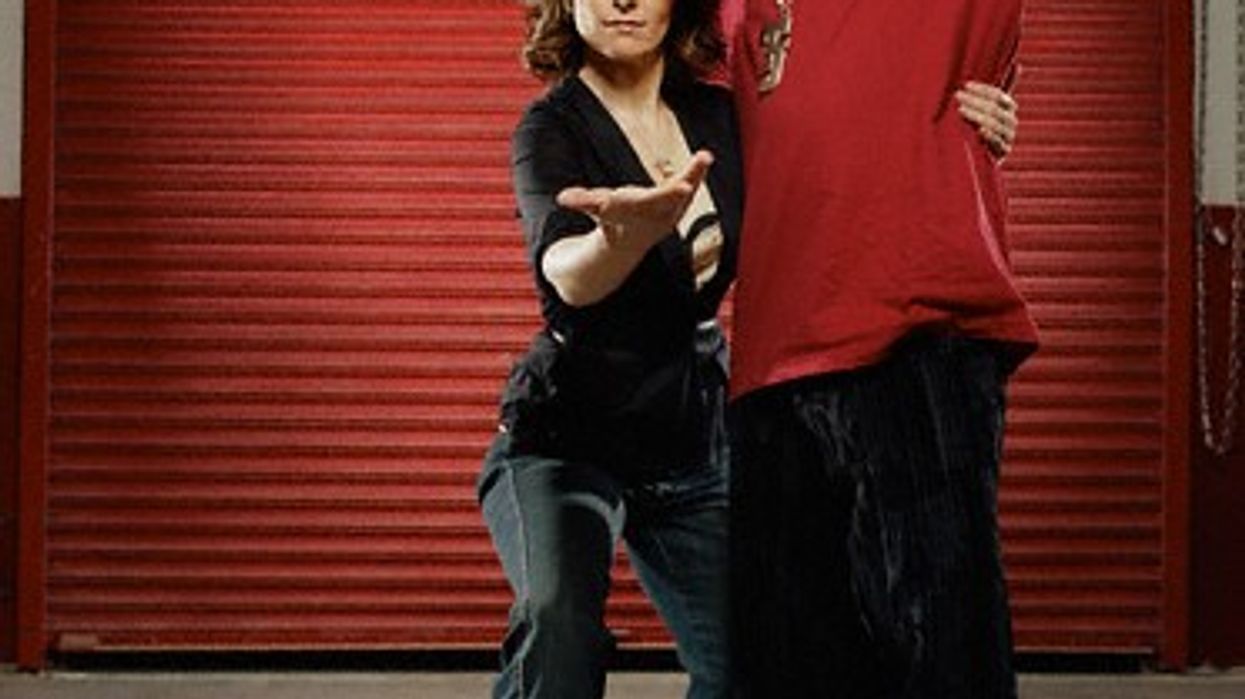Another sign that the college lecture might be dying: Harvard University physics professor Eric Mazur is championing the "flipped classroom," a model where information traditionally transferred during lectures is learned on a student's own time, and classroom time is spent discussing and applying knowledge to real-world situations. To make it easy for professors to transition out of lecture mode, Mazur has developed Learning Catalytics, an interactive software that enables them to make the most of student interactions and maximize the retention of knowledge.
Mazur sold attendees at the recent Building Learning Communities conference on this new approach by first asking them to identify something they're good at, and then having them explain how they mastered it. After the crowd shared, Mazur pointed out that no one said they'd learned by listening to lectures. Similarly, Mazur said, college students don't learn by taking notes during a lecture and then regurgitating information. They need to be able to discuss concepts, apply them to problems and get real-time feedback. Mazur says Learning Catalytics enables this process to take place.
The way the software works is that first the instructor inputs the concept she wants students to discuss. The program then helps create either multiple choice or "open-ended questions that ask for numerical, algebraic, textual, or graphical responses." Students then respond to these questions using electronic devices they're already bringing to class, like a laptop or smartphone.
The instructor can see a snapshot of who "gets" a concept and who still needs extra help, and then pair up students accordingly. The students even receive personalized messages on their devices telling them who to talk to in class, like "turn to your right and talk to Bob," until they master the concept. And, when it's time to study, they can access questions and answers from the class discussions.
Learning Catalytics was so successful in Mazur's physics classroom that it's being rolled out across Harvard, but it's also open to other users on an invitation-only basis. If this tech-based flipped classroom approach takes off, maybe we'll end up with a generation of students that retain what they've learned, long after the final is over.









